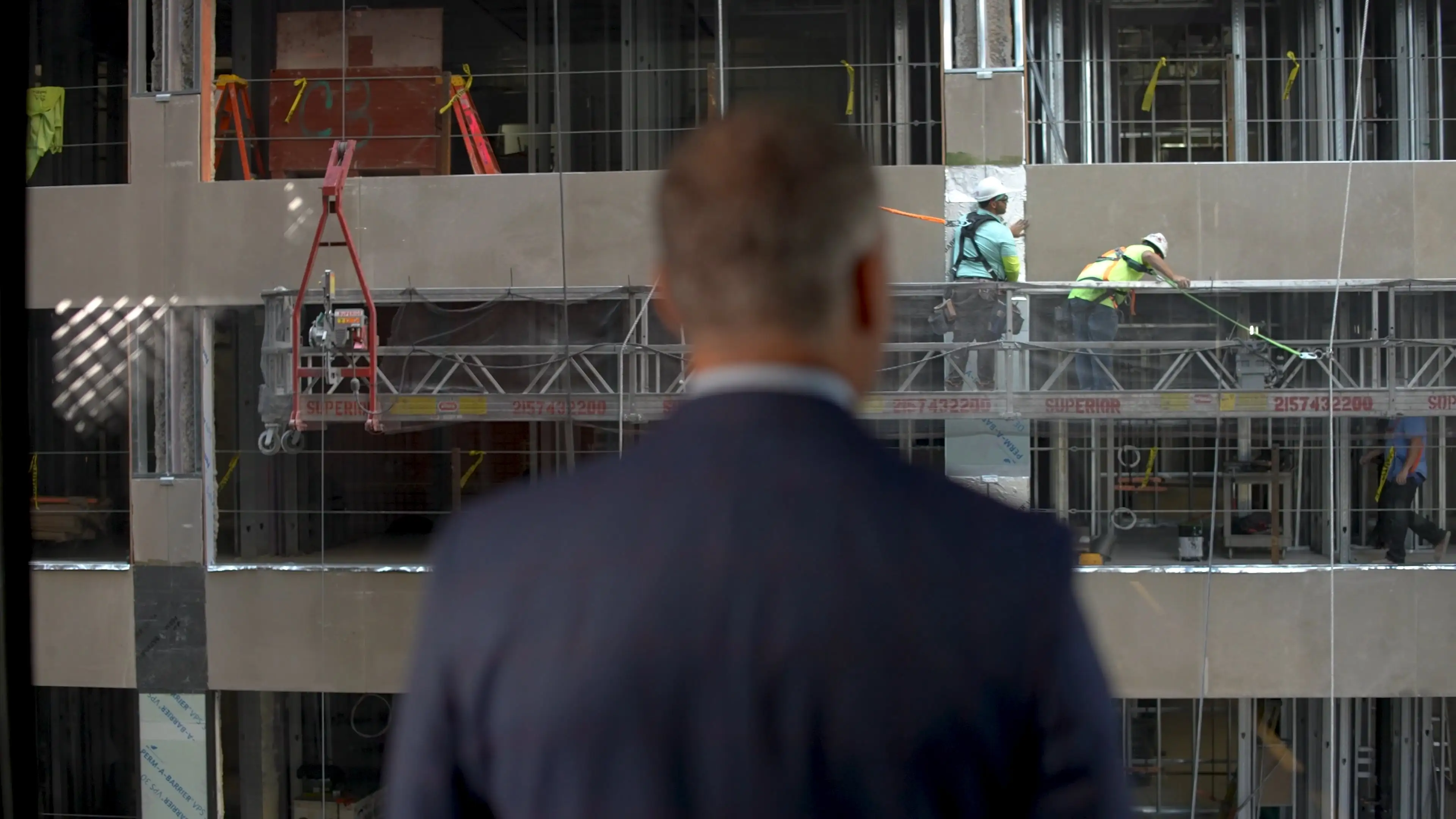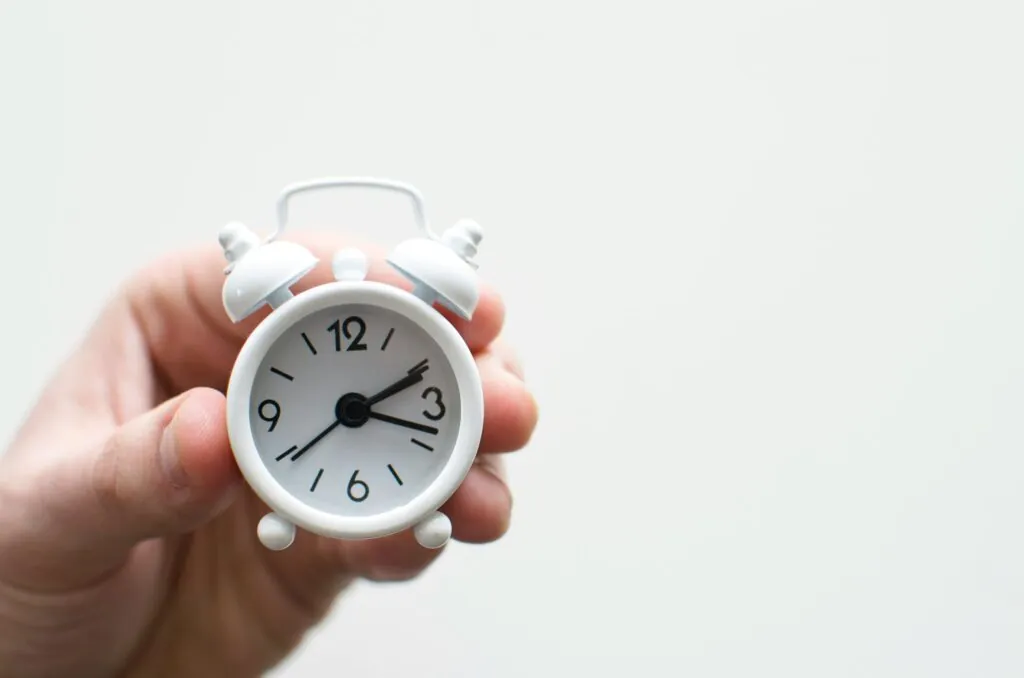Philadelphia Scaffolding Accidents Lawyer
Understanding Scaffolding Accidents
Scaffolding accidents are among the most serious and common types of construction accidents, often leading to severe injuries or fatalities. These incidents occur when scaffolding structures fail, are improperly constructed, or when safety protocols are not followed. At Fulginiti Law, we are dedicated to helping victims of scaffolding accidents in Philadelphia seek justice and obtain the compensation they deserve.
Causes of Scaffolding Accidents
Scaffolding accidents are a significant hazard in the construction industry, often resulting from negligence, improper practices, or inadequate safety measures. Understanding the common causes of scaffolding accidents is crucial for preventing them and ensuring worker safety.
Incorrect Construction
Failing to properly assemble or dismantle scaffolding can lead to structural instability and collapse.
Assembly Errors
Incorrectly positioning components, such as braces, frames, and planks, can create weak points in the structure. This can cause scaffolding to buckle under weight or shift unexpectedly.
Inadequate Bracing
Without proper bracing, scaffolding can sway or collapse. Bracing stabilizes the structure, ensuring it can withstand lateral forces and the weight of workers and materials.
Improper Securing
Failing to secure scaffolding to a solid structure can lead to it detaching and collapsing.
Inadequate Training
Workers who are not properly trained in scaffold assembly or dismantling are more likely to make errors that compromise safety.
Lack of Knowledge
Workers need comprehensive training on the specific type of scaffolding they are using, including understanding load capacities and proper assembly techniques.
Overlooking Safety Protocols
Without proper training, workers may overlook critical safety protocols, such as securing guardrails or ensuring the scaffold is level.
Defective or Poorly Maintained Equipment
Faulty Scaffolding
Manufacturing defects or design flaws in scaffolding materials can lead to failures.
Defective Components
Parts such as frames, braces, and planks that are poorly manufactured can fail under normal use. This includes using substandard materials or improper fabrication techniques.
Design Flaws
Flaws in the design can make scaffolding inherently unstable or prone to failure under certain conditions.
Wear and Tear
Regular use can cause scaffolding components to wear out, developing cracks, rust, or weakened joints.
Cracks and Fractures
Repeated use can cause metal or wooden parts to crack, compromising the structural integrity.
Corrosion
Exposure to the elements can lead to rust and corrosion, weakening metal components over time.
Joint Deterioration
Joints and connections can become loose or damaged, reducing the overall stability of the scaffold.
Improper Maintenance
Failing to regularly inspect and maintain scaffolding can allow defects to go unnoticed, increasing the risk of accidents.
Regular Inspections
Regular inspections are crucial to identify and address wear and tear before it leads to failure. This includes checking for rust, cracks, and loose connections.
Timely Repairs
Addressing minor issues promptly can prevent them from becoming major hazards. This includes replacing damaged parts and reinforcing weak areas.
Unsafe Working Conditions
Overloading
Exceeding the weight capacity of scaffolding can cause it to collapse.
Weight Limits
Scaffolding has specific weight limits, including the weight of workers, tools, and materials. Exceeding these limits can cause structural failure.
Proper Load Distribution
Even if the total weight is within limits, uneven distribution can create weak points that lead to collapse.
Unstable Ground
Placing scaffolding on uneven or unstable ground can lead to tipping or collapse.
Ground Assessment
Before setting up scaffolding, the ground should be assessed and prepared to ensure stability. This includes leveling uneven surfaces and compacting loose soil.
Base Supports
Using proper base supports, such as mudsills or base plates, can help distribute weight and stabilize scaffolding on soft or uneven ground.
Inadequate Safety Measures
Failing to use guardrails, harnesses, or other fall protection measures increases the risk of falls.
Guardrails
Guardrails should be installed on all open sides of scaffolding to prevent falls.
Personal Fall Arrest Systems
Workers should use harnesses and lanyards attached to secure anchor points to prevent falls.
Safety Training
Workers should be trained on the proper use of fall protection equipment and the importance of adhering to safety protocols.
Adverse Weather Conditions
Wind
High winds can destabilize scaffolding, leading to falls or collapses.
Wind Loads
Scaffolding should be designed and erected to withstand expected wind loads. In high-wind conditions, additional bracing or tie-ins may be necessary.
Wind Breaks
Temporary wind breaks can be used to reduce wind pressure on scaffolding.
Rain and Ice
Wet or icy surfaces can make scaffolding slippery and dangerous.
Non-Slip Surfaces
Planks and walkways should be equipped with non-slip surfaces to reduce the risk of slipping.
Weather Monitoring
Monitoring weather conditions and adjusting work schedules can help avoid working on scaffolding during dangerous weather.
Debris Removal
Regular removal of ice, snow, and water from scaffolding can prevent slippery conditions.
Common Injuries from Scaffolding Accidents
Scaffolding accidents can result in a broad spectrum of injuries, ranging from minor to life-threatening. Understanding these injuries is crucial for effective treatment and legal recourse. Here, we provide a detailed exploration of common injuries associated with scaffolding accidents:
Arm and Leg Fractures
Falls from scaffolding or collapses can result in fractures to the arms and legs.
Mechanism of Injury
When individuals fall, they often instinctively extend their arms or legs to break the fall, leading to fractures. The force of impact on hard surfaces can cause bones to break.
Types of Fractures
Common types include simple fractures (clean breaks), compound fractures (where the bone pierces the skin), and comminuted fractures (where the bone shatters into multiple pieces).
Treatment
Treatment typically involves immobilization with casts or splints, and in severe cases, surgical intervention to realign and secure the broken bones with pins, plates, or screws.
Rib Fractures
Falls or impacts from scaffolding components can cause rib fractures.
Mechanism of Injury
Rib fractures often occur due to direct impact with scaffolding components or the ground. The chest’s vulnerability makes it a common site for injury during falls.
Symptoms
Symptoms include severe pain, especially when breathing deeply, coughing, or moving. Rib fractures can also lead to complications like punctured lungs (pneumothorax).
Treatment
Treatment focuses on pain management and supporting the ribs while they heal naturally. Severe cases may require hospitalization for observation and treatment of associated complications.
Head and Brain Injuries
Concussions
Impacts to the head during a fall can cause concussions.
Mechanism of Injury
Concussions result from the brain moving rapidly inside the skull due to an impact, causing temporary disruption in brain function.
Symptoms
Symptoms include headaches, dizziness, nausea, confusion, and temporary loss of consciousness. Some individuals may experience prolonged post-concussion syndrome with ongoing cognitive and physical difficulties.
Treatment
Treatment involves rest and avoiding activities that could cause further injury. Monitoring by medical professionals is essential to manage symptoms and prevent complications.
Traumatic Brain Injuries (TBI)
Severe falls can cause significant brain injuries, leading to long-term impairments.
Mechanism of Injury
TBIs occur when a strong impact or jolt causes the brain to collide with the skull, potentially causing bruising, bleeding, and nerve damage.
Symptoms
Symptoms can range from mild (headaches, confusion) to severe (loss of consciousness, memory loss, profound cognitive deficits). Long-term effects can include motor dysfunction, speech difficulties, and behavioral changes.
Treatment
Treatment may involve emergency surgery to relieve pressure on the brain, followed by rehabilitation to address physical, cognitive, and emotional deficits.
Spinal Cord Injuries
Herniated Discs
Falls can cause the discs in the spine to become herniated.
Mechanism of Injury
A herniated disc occurs when the soft inner gel of a spinal disc pushes out through a tear in the outer layer, often due to the forceful impact of a fall.
Symptoms
Symptoms include severe back pain, numbness, tingling, and weakness in the limbs. In severe cases, it can affect bladder and bowel control.
Treatment
Treatment ranges from rest and physical therapy to surgical intervention to remove or repair the damaged disc.
Paralysis
Severe spinal cord injuries can result in partial or complete paralysis.
Mechanism of Injury
Damage to the spinal cord from falls can disrupt the transmission of nerve signals between the brain and body, resulting in paralysis.
Symptoms
Paralysis can be partial (paraplegia, affecting the lower body) or complete (quadriplegia, affecting all four limbs). The extent of paralysis depends on the injury’s location and severity.
Treatment
While paralysis is often irreversible, treatment focuses on rehabilitation, adaptive technologies, and supportive care to improve quality of life and independence.
Soft Tissue Injuries
Sprains and Strains
Ligament and muscle injuries are common, particularly in the ankles, knees, and wrists.
Mechanism of Injury
Sprains occur when ligaments (which connect bones) are stretched or torn, while strains involve the muscles or tendons (which connect muscles to bones).
Symptoms
Symptoms include pain, swelling, bruising, and limited mobility in the affected area.
Treatment
Treatment typically involves rest, ice, compression, and elevation (RICE), along with physical therapy to restore strength and flexibility. Severe cases may require surgery.
Bruises and Contusions
Falls and impacts can cause significant bruising and soft tissue damage.
Mechanism of Injury
Bruises and contusions result from the impact of a fall or collision, causing blood vessels under the skin to break and leak blood into the surrounding tissues.
Symptoms
Symptoms include discoloration, swelling, and pain in the affected area.
Treatment
Treatment focuses on managing pain and reducing swelling through ice application, rest, and over-the-counter pain relievers. Most bruises heal on their own over time.
Legal Representation for Scaffolding Accident Victims
At Fulginiti Law, we understand the significant impact that scaffolding accident injuries can have on your life. Our dedicated team of construction accident attorneys is committed to providing compassionate and comprehensive legal support to victims of scaffolding accidents in Philadelphia.
How Fulginiti Law Can Help
Thorough Investigation
Our legal team conducts a meticulous investigation into the circumstances of the scaffolding accident. We gather all necessary evidence, including accident reports, medical records, equipment maintenance logs, and witness statements, to build a strong case on your behalf.
Expert Collaboration
We work with a network of experts, including safety inspectors and accident reconstruction specialists, to fully understand the factors that contributed to your accident. This collaboration ensures we can effectively demonstrate negligence and secure the compensation you deserve.
Personalized Legal Strategy
Every scaffolding accident case is unique, and we tailor our legal approach to meet your specific needs. Whether negotiating a settlement or litigating in court, our attorneys are dedicated to achieving the best possible outcome for you.
Comprehensive Compensation
We fight for full and fair compensation, covering:
- Medical expenses, including ongoing and future care
- Rehabilitation and therapy costs
- Lost wages and loss of earning capacity
- Pain and suffering
- Emotional distress
- Loss of enjoyment of life
Establishing Liability in Scaffolding Accident Cases
To successfully claim compensation for a scaffolding accident injury, it is crucial to establish liability by proving the following elements:
Duty of Care
Employers, property owners, and scaffolding manufacturers have a legal duty to ensure the safety of workers using scaffolding. This includes providing safe equipment, proper training, and maintaining a hazard-free work environment.
Breach of Duty
You must demonstrate that the responsible party breached their duty of care by failing to provide safe conditions, adequate training, or properly maintained equipment. This can be shown through evidence of negligence, such as ignored safety regulations, poor maintenance records, or inadequate training programs.
Causation
It must be proven that the breach of duty directly caused your scaffolding accident and resulting injuries. This involves showing a clear link between the unsafe conditions or defective equipment and the accident.
Damages
You need to provide evidence of the damages you suffered as a result of the scaffolding accident. This includes medical bills, proof of lost wages, and documentation of pain and suffering.
Contact Fulginiti Law
If you or a loved one has suffered a scaffolding accident injury due to unsafe conditions or defective equipment, it is crucial to seek experienced legal representation as soon as possible. Fulginiti Law is here to support you every step of the way, providing the expertise and dedication needed to navigate the complexities of construction accident cases.
Free Consultation
We offer a free, no-obligation consultation to discuss your case and explore your legal options. Contact Fulginiti Law today to schedule your consultation and take the first step towards securing the justice and compensation you deserve.



